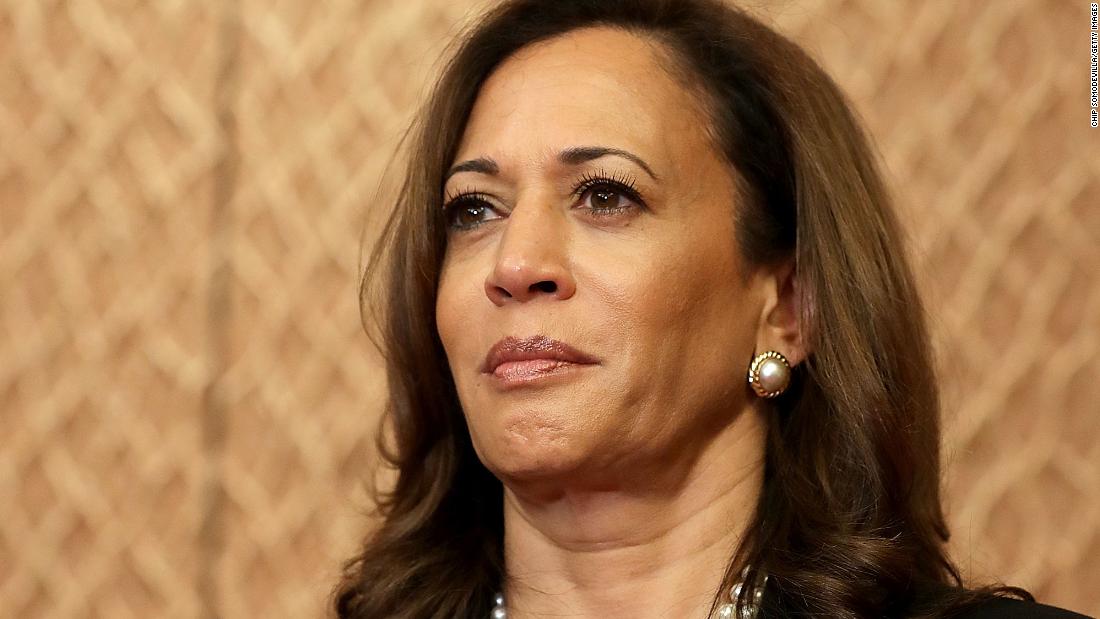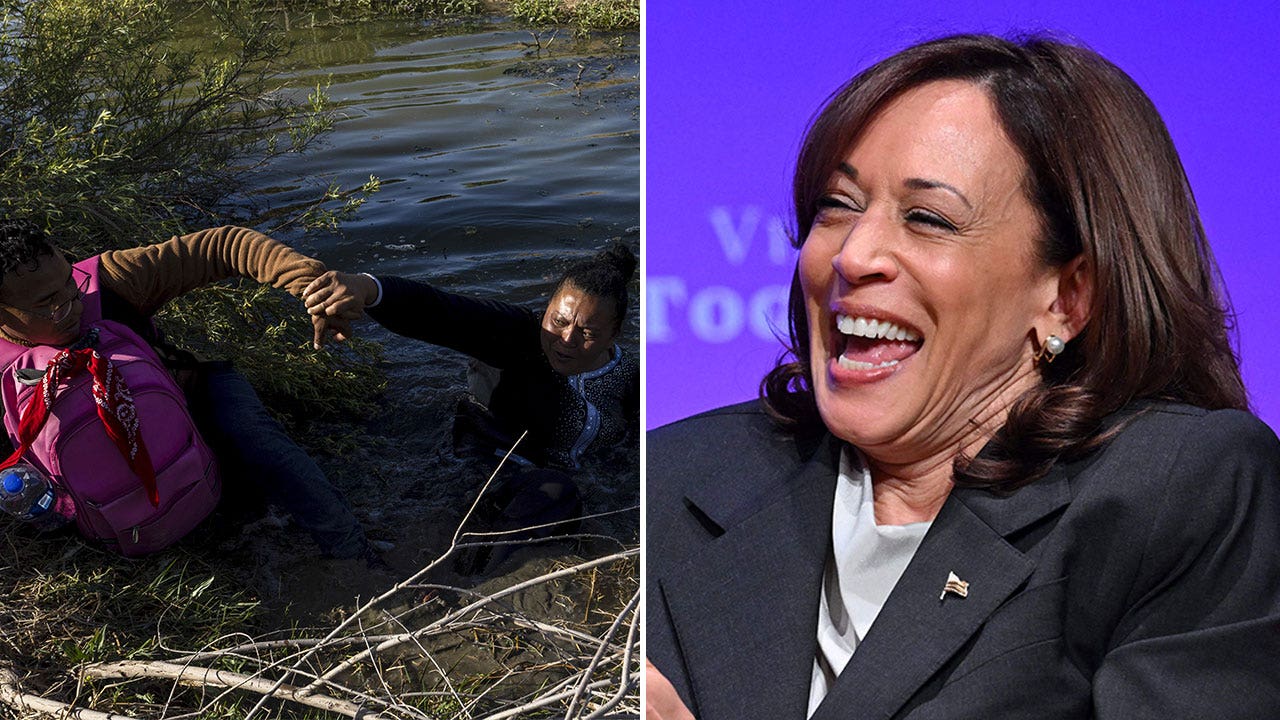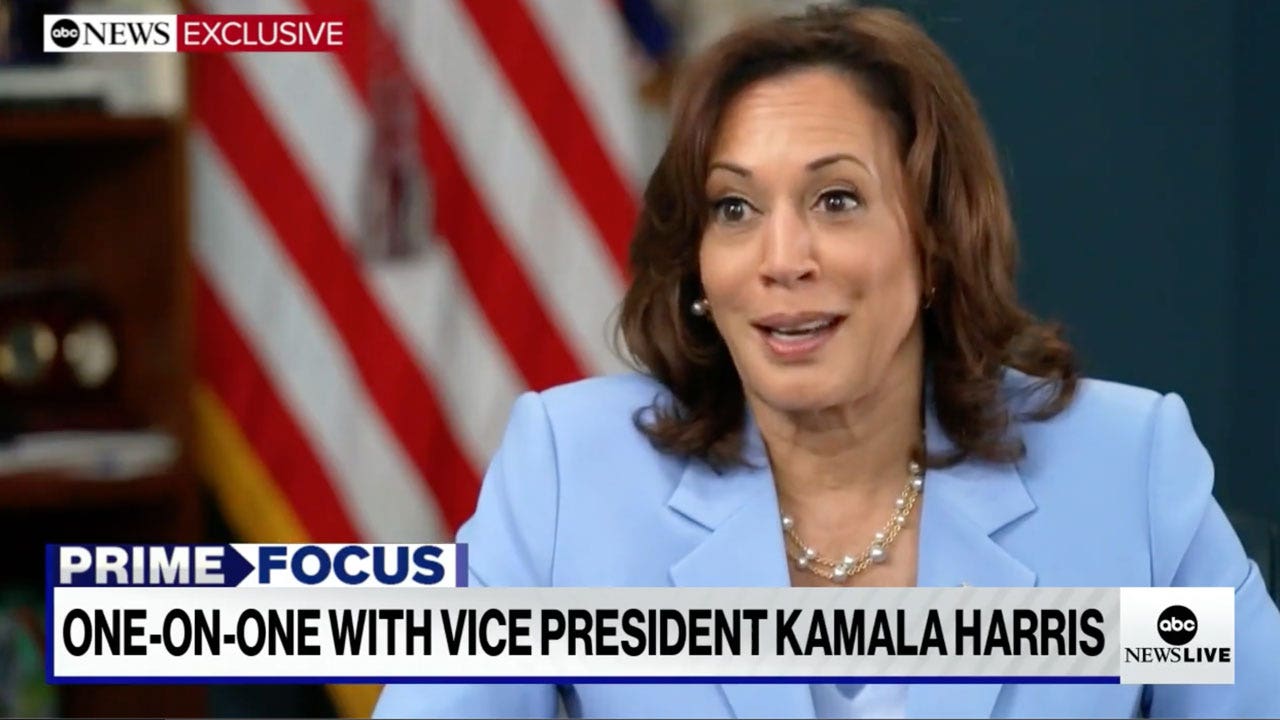So here we are, folks, diving into a topic that’s been making waves across the internet. Kamala Harris hyena porn—yes, you read that right—has sparked curiosity, confusion, and a whole lot of questions. What exactly is this about? Is it real or just another internet hoax? Let’s break it down in a way that’s easy to digest, but still packed with facts and insights. Buckle up, because we’re about to take a deep dive into the world of misinformation, conspiracy theories, and the power of viral headlines.
Now, before we get into the nitty-gritty, let’s set the stage. Kamala Harris, the Vice President of the United States, is no stranger to controversy. From political debates to media scrutiny, her name often finds itself in the headlines. But this one? This one’s different. It’s not just about politics or policy—it’s about a bizarre twist in the digital age where fake news and sensationalism run rampant. So, why does this matter? Because understanding the truth is more important now than ever.
Let’s be honest, folks. The phrase “hyena porn” alone is enough to raise eyebrows, spark debates, and send people scrambling to their search engines. But is there any truth to it? Or is it just another example of the internet’s penchant for exaggeration and shock value? Stick around, because we’re going to unpack this whole thing and leave no stone unturned. This isn’t just about Kamala Harris—it’s about how we consume information in today’s world.
What’s the Buzz About Kamala Harris and Hyena Porn?
Alright, let’s get straight to the point. The term “Kamala Harris hyena porn” has been floating around online, and it’s caused quite the stir. But what does it actually mean? At its core, this phrase is a prime example of how misinformation can spread like wildfire on the internet. Here’s the deal: there’s no credible evidence linking Kamala Harris to anything remotely related to hyenas or, well, adult content. It’s a classic case of clickbait gone wrong.
So, how did this even start? Like many viral stories, it likely began as a joke or a satirical piece that got taken out of context. The internet has a funny way of turning harmless humor into something much more sinister. And let’s not forget, Kamala Harris is a high-profile figure, which makes her an easy target for sensational headlines and conspiracy theories.
Understanding the Origins of the Controversy
When we dig deeper, it becomes clear that this whole saga is rooted in the power of viral misinformation. In the age of social media, where content spreads faster than ever, it’s easy for false narratives to gain traction. The phrase “hyena porn” itself is absurd enough to grab attention, and when you pair it with a prominent public figure like Kamala Harris, you’ve got yourself a recipe for chaos.
- This story likely originated from a satirical website or forum.
- It was then picked up by users who didn’t bother to fact-check.
- Before long, it snowballed into a full-blown conspiracy theory.
And that’s the thing about the internet, folks. Once something goes viral, it’s hard to stop it. People share things without thinking twice, and before you know it, a joke turns into a serious accusation. It’s a reminder of why critical thinking and media literacy are so important in today’s digital landscape.
The Role of Misinformation in Today’s World
Misinformation isn’t a new phenomenon, but it’s certainly more pervasive than ever before. With the rise of social media platforms, anyone can share information—whether it’s true or not. And when that information involves someone as high-profile as Kamala Harris, the stakes are even higher. So, how does this affect us as a society?
For starters, it erodes trust. When false information spreads unchecked, it becomes harder for people to distinguish fact from fiction. And let’s face it, not everyone has the time or resources to verify every piece of news they come across. That’s why it’s crucial to rely on reputable sources and fact-checking organizations.
How Misinformation Spreads Online
Here’s how it typically works: someone posts something sensational on social media. It grabs attention because it’s shocking or unexpected. People share it without verifying its accuracy, and before you know it, it’s everywhere. The algorithm loves it because it generates engagement, and the cycle continues.
- Posts with strong emotional reactions tend to get more shares.
- People are more likely to believe something if it confirms their existing biases.
- Lack of digital literacy makes it easier for misinformation to thrive.
But here’s the kicker: misinformation doesn’t just harm individuals. It can have real-world consequences, from influencing elections to affecting public health. That’s why it’s so important to approach online content with a critical eye.
Fact-Checking: The Key to Combating Misinformation
Now that we’ve established the dangers of misinformation, let’s talk about what we can do about it. Fact-checking is one of the most powerful tools we have in the fight against fake news. Whether you’re reading an article, watching a video, or scrolling through social media, taking a few minutes to verify the information can make a huge difference.
There are plenty of reliable fact-checking websites out there, such as Snopes, PolitiFact, and FactCheck.org. These organizations work hard to debunk false claims and provide accurate information. And guess what? They’ve already looked into the “Kamala Harris hyena porn” story, and let me tell you—it’s 100% fake.
Tips for Spotting Fake News
Here are a few things to keep in mind when evaluating online content:
- Check the source. Is it a reputable news outlet or a sketchy website?
- Look for multiple sources. If only one site is reporting something, it might not be true.
- Be wary of clickbait headlines. If it sounds too outrageous to be true, it probably is.
- Verify images and videos. They can be edited or taken out of context.
By following these tips, you can protect yourself from falling for misinformation and help stop its spread. It’s not just about being informed—it’s about being responsible digital citizens.
Understanding Kamala Harris: The Woman Behind the Headlines
Before we move on, let’s take a moment to talk about Kamala Harris herself. She’s more than just a political figure—she’s a trailblazer, a lawyer, and a mother. Born on October 20, 1964, in Oakland, California, Kamala has spent her career fighting for justice and equality. Here’s a quick look at her background:
Kamala Harris: A Brief Biography
Name: Kamala Devi Harris
Born: October 20, 1964
Place of Birth: Oakland, California
Occupation: Politician, Lawyer
Education: Howard University, University of California, Hastings College of the Law
Family: Married to Douglas Emhoff, stepmother to Cole Emhoff and Ella Emhoff
| Fact | Details |
|---|---|
| First African American Vice President | Yes |
| First South Asian Vice President | Yes |
| Former Attorney General of California | Yes |
| U.S. Senator from California | Yes |
As you can see, Kamala Harris has achieved a lot in her lifetime. She’s a testament to the power of hard work and perseverance. And while she’s faced her fair share of criticism, her accomplishments speak for themselves.
The Impact of Viral Misinformation on Public Figures
Now, let’s talk about the broader implications of viral misinformation. When false stories about public figures spread, it can have serious consequences. Not only does it damage their reputation, but it can also affect how people perceive them. And in Kamala Harris’s case, this kind of misinformation can reinforce harmful stereotypes about women of color in leadership roles.
But it’s not just about Kamala. This issue affects anyone in the public eye, from celebrities to politicians. The internet has given everyone a platform, but with that comes responsibility. We need to be mindful of the content we share and the impact it can have.
How Can We Support Public Figures Amidst Misinformation?
Here are a few ways we can make a difference:
- Call out misinformation when you see it.
- Support fact-checking initiatives and organizations.
- Engage in respectful discussions about controversial topics.
By taking these steps, we can create a more informed and supportive society. It’s not just about protecting public figures—it’s about protecting the truth.
Conclusion: The Truth Matters
So, there you have it, folks. The story of Kamala Harris and hyena porn is nothing more than a prime example of how misinformation can spread like wildfire online. It’s a reminder of the importance of critical thinking, fact-checking, and responsible digital citizenship. In today’s world, where information is more accessible than ever, it’s up to us to ensure that we’re consuming and sharing accurate content.
As you’ve learned, Kamala Harris is a remarkable woman with a storied career. She’s faced her share of challenges, but she continues to inspire millions of people around the world. Let’s focus on the facts, not the fiction. And if you ever come across something that seems too outrageous to be true? Do a quick fact-check. Your future self will thank you.
Now, it’s your turn. Share this article with your friends and family. Spread the word about the importance of combating misinformation. Together, we can make a difference. Because at the end of the day, the truth matters—and so do you.
Table of Contents
- Kamala Harris Hyena Porn: Unraveling the Controversy and Understanding the Truth
- What’s the Buzz About Kamala Harris and Hyena Porn?
- Understanding the Origins of the Controversy
- The Role of Misinformation in Today’s World
- How Misinformation Spreads Online
- Fact-Checking: The Key to Combating Misinformation
- Tips for Spotting Fake News
- Understanding Kamala Harris: The Woman Behind the Headlines
- Kamala Harris: A Brief Biography
- The Impact of Viral Misinformation on Public Figures
- How Can We Support Public Figures Amidst Misinformation?
- Conclusion: The Truth Matters


